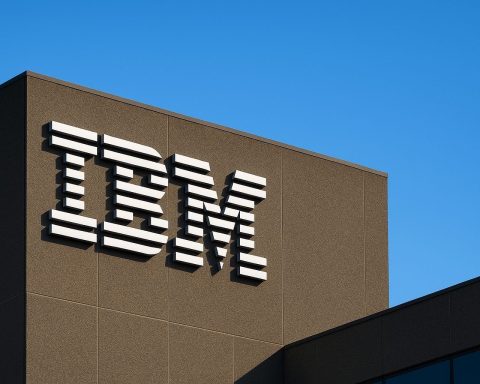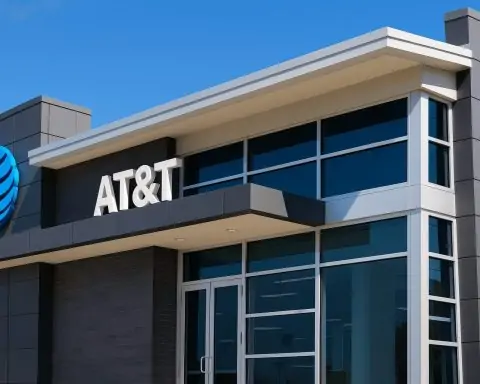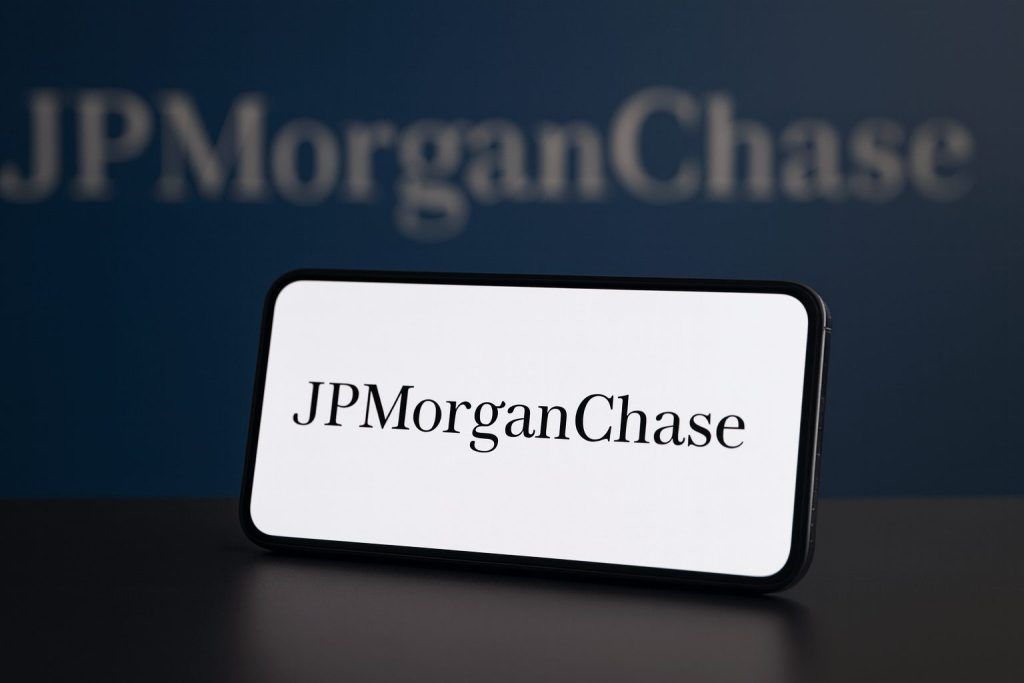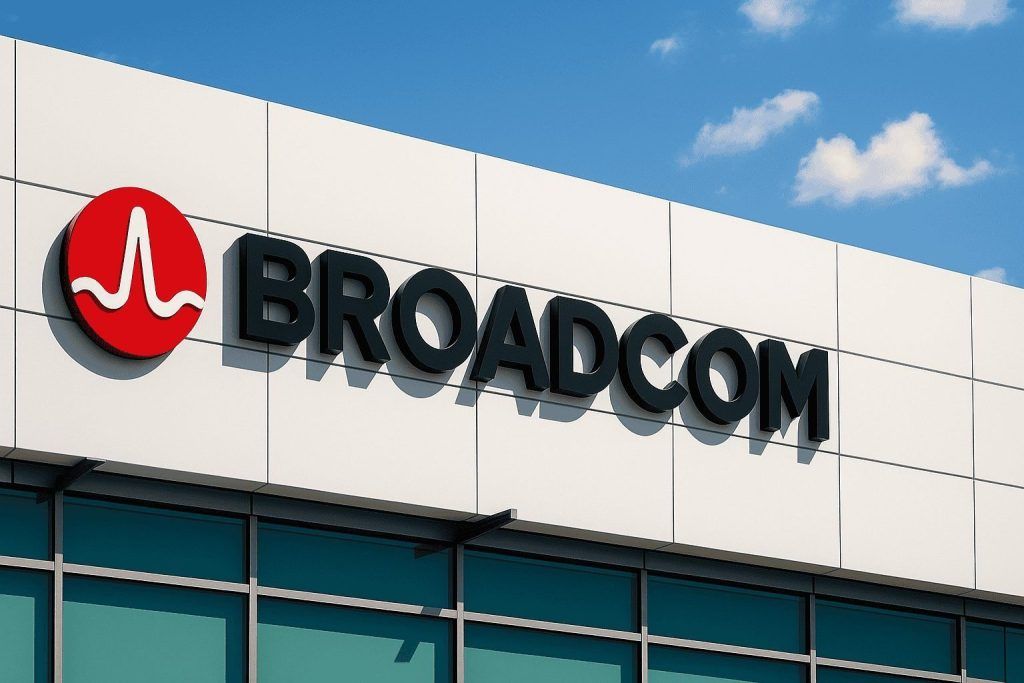Nike’s share price is trying to stabilize after a volatile stretch in 2025 that has seen the stock underperform the broader market and flash a bearish technical signal, even as the company raises its dividend and pushes ahead with a multi‑year turnaround.
As of Friday’s close (November 21, 2025), Nike (NYSE: NKE) traded around $62.80, up roughly 2.2% on the day, with an intraday range between about $61 and $63.50. Recent analyses suggest the stock is still down in the mid‑teens percentage range for the year, significantly lagging the S&P 500, which is up double digits in 2025. [1]
Against that backdrop, three big storylines are shaping sentiment around Nike stock today: a fresh dividend increase, a Moody’s debt downgrade, and a “death cross” on the chart.
Nike stock price snapshot: low‑60s and under pressure
- Last close: ~$62.80 per share
- Recent trend: Shares have slipped more than 7% over the past month and trade in the low $60s, according to recent momentum data. [2]
- Relative performance: Earlier this week, MarketWatch reported that Nike is down about 17% year‑to‑date, while the S&P 500 is up roughly 13%, underscoring the stock’s underperformance. [3]
- Valuation: Despite the pullback, Nike still trades at just over 30x forward earnings, above the broader market multiple. [4]
In short, Nike is no longer priced like a high‑flyer at its 52‑week highs, but it is also not a classic “deep value” stock. Investors are paying a premium multiple for a business whose growth and margins are under scrutiny.
Fresh dividend hike signals confidence – and a higher yield
On November 20, 2025, Nike’s board declared a quarterly dividend of $0.41 per share, payable on January 2, 2026, to shareholders of record on December 1, 2025. That’s a 3% increase from the prior $0.40 payout and marks the 24th consecutive year of dividend growth. [5]
At the current share price in the low $60s, the new dividend translates into a forward yield of roughly 2.6%—a more meaningful income stream than in years when the stock traded much higher. The increase also reinforces Nike’s long‑standing message that returning cash to shareholders is a core part of its capital allocation strategy.
However, the higher payout doesn’t exist in a vacuum. It arrives just days after a notable warning shot from the credit market.
Moody’s downgrade puts a spotlight on cost pressures and leverage
On November 13, 2025, Moody’s Ratings downgraded Nike’s senior unsecured debt by one notch, citing mounting cost pressures, particularly from higher tariffs, as well as softer recent financial performance. The outlook was moved from negative to stable, and Nike still retains a high‑grade rating, but the move underlines the company’s more challenged profile versus its own history. [6]
Key points from Moody’s:
- Fiscal 2025 performance: Revenue fell about 10%, while EBIT (earnings before interest and taxes) dropped roughly 42%, reflecting slower demand, competitive pressures, and weaker profitability. [7]
- Tariffs: Nike now faces an estimated $1.5 billion in annual tariff costs, up from prior estimates around $1 billion. [8]
- Leverage outlook: Moody’s expects adjusted debt‑to‑EBITDA to rise to around 2.5x in fiscal 2026, easing back to the mid‑1x range by 2027, assuming a gradual recovery. [9]
- Cash‑flow pressure: Higher capital expenditure and Nike’s sizable (and growing) dividend are expected to constrain free cash flow in the near term. [10]
The combination of a higher dividend and a lower credit rating encapsulates the tension in the Nike story: management is signaling long‑term confidence, but profitability and cash‑flow metrics are still catching up.
Fundamentals: a fragile turnaround, with China and DTC still soft
Nike’s latest reported quarter is the first quarter of fiscal 2026, covering the three months ended August 31, 2025.
According to the company’s official earnings release, Nike delivered: [11]
- Revenue of $11.72 billion, up about 1% year‑over‑year.
- Net income of $727 million, down roughly 31% from a year earlier.
- Diluted EPS of $0.49, versus $0.70 in the prior‑year quarter.
- Gross margin of 42.2%, down more than 300 basis points from 45.4%.
Reuters highlighted that revenue beat expectations—analysts had been braced for a decline—but margins remain under significant pressure from tariffs and higher product costs. [12]
Strategically, Nike is in the middle of a reset:
- Direct‑to‑consumer (DTC) softness: Management does not expect its DTC business to return to growth during fiscal 2026. [13]
- Wholesale rebound: Wholesale revenues have returned to growth, helping offset DTC weakness as Nike leans back into traditional retail partners. [14]
- China lagging: Greater China—Nike’s third‑largest market—has seen declining sales for multiple quarters amid stiff competition from local brands like Anta and Li‑Ning. [15]
Some of Nike’s challenges are also showing up in its partners. U.K.-listed retailer JD Sports recently guided profit toward the low end of forecasts, citing weak consumer trends and softer demand for Nike products, which account for around 45% of its sales. [16]
Taken together, the fundamentals paint a picture of a brand that still commands global reach and pricing power—but one that is in a margin and growth repair phase, not a full‑blown growth surge.
Technical picture: Nike’s ‘death cross’ raises eyebrows
On the technical side, Nike’s chart recently flashed a “death cross”—a bearish pattern that occurs when the 50‑day moving average falls below the 200‑day moving average. [17]
MarketWatch reported this week that: [18]
- The death cross reflects the persistent downtrend in Nike’s share price across 2025.
- Despite a recent bounce, the stock remains notably weaker than the S&P 500 on a year‑to‑date basis.
- Even after the selloff, the stock trades at over 30x next‑12‑months earnings, a premium multiple that assumes a credible earnings recovery.
Technical indicators like the death cross do not guarantee future performance, but they often capture shifts in investor psychology. In Nike’s case, they underscore how the market has moved from treating the stock as a “can’t‑miss” growth story to viewing it as a show‑me turnaround.
What Wall Street expects from Nike stock
Despite the recent downdraft, Wall Street remains cautiously constructive on Nike.
According to StockAnalysis, based on data from 24 covering analysts: [19]
- The consensus rating is “Buy”.
- The average 12‑month price target sits around $83 per share (about $83.17), implying upside of roughly 32% from recent levels in the low $60s.
- Target prices range from $68 on the low end to $115 at the high end.
Other data providers similarly place Nike in the “Buy” or “Moderate Buy” category, with average targets clustered in the low‑ to mid‑$80s. [20]
Recent analyst actions have included upgrades from firms such as Wells Fargo and KeyBanc, with target increases into the $70–$90 range, and a bullish initiation at $100 from BTIG—moves that suggest some analysts see the current weakness as an opportunity if the turnaround succeeds. [21]
Still, not everyone is uniformly positive. Quantitative ratings on some platforms classify Nike as a “Hold”, citing strong profitability but stretched valuation metrics. [22]
Key risks investors are watching
Several structural and cyclical risks are top of mind for market participants sizing up Nike stock in late 2025:
- Tariffs and input costs
Tariff costs are projected at about $1.5 billion this year, squeezing margins and reducing flexibility on pricing and promotions. [23] - China and competitive pressure
Nike is battling local competitors in China and younger global brands like On and Hoka, which have chipped away at market share. China sales have been declining and are expected to recover more slowly than other regions. [24] - Direct‑to‑consumer slowdown
Nike’s DTC business—once a major growth engine—is currently in decline and is not expected to return to growth in fiscal 2026, putting more pressure on wholesale and new product launches. [25] - Margin compression and leverage
Successive quarters of gross‑margin declines, combined with higher capex and dividend commitments, have pushed credit metrics weaker, culminating in Moody’s downgrade. [26] - Execution risk in the turnaround
CEO Elliott Hill has refocused Nike on core performance categories like running and basketball and is investing in innovation and retail partnerships. But as even bullish analysts have noted, current consensus expectations for the back half of the fiscal year may still be too optimistic if demand or margins disappoint. [27]
Upcoming catalysts: earnings and the holiday quarter
The next major scheduled event for Nike shareholders is the company’s Q2 fiscal 2026 earnings report, which is estimated for December 18, 2025. [28]
Key things the market is likely to focus on:
- Holiday sell‑through: How Nike performs during the critical holiday season—both in DTC channels and with wholesale partners.
- Inventory and discounting: Evidence that inventory is better balanced and that promotional intensity is moderating. [29]
- China trends: Any signs of stabilization or reacceleration in Greater China. [30]
- Margin trajectory: Hints that gross margins are bottoming and that tariff and cost headwinds are being offset by pricing, mix, or efficiencies. [31]
A solid report that confirms the turnaround is gaining traction could help the stock repair some of this year’s damage. Conversely, another quarter of margin pressure or weak guidance could reinforce the bearish narrative around Nike’s premium valuation.
Bottom line: Nike stock sits at a crossroads
As of November 22, 2025, Nike’s investment case is finely balanced:
- Supportive factors:
- Headwinds:
For now, Nike stock remains a turnaround story with a premium price tag: investors are being asked to believe that management can restore growth and margins over the next few years, even as near‑term results remain mixed.
As always, this article is for information and analysis only and does not constitute financial, investment, or trading advice. Anyone considering Nike stock should weigh their own risk tolerance, time horizon, and financial situation, and may want to consult a qualified financial adviser before making investment decisions.
References
1. www.marketwatch.com, 2. finance.yahoo.com, 3. www.marketwatch.com, 4. www.marketwatch.com, 5. investors.nike.com, 6. www.reuters.com, 7. www.reuters.com, 8. www.reuters.com, 9. www.reuters.com, 10. www.reuters.com, 11. investors.nike.com, 12. www.reuters.com, 13. www.reuters.com, 14. investors.nike.com, 15. www.reuters.com, 16. www.reuters.com, 17. www.marketwatch.com, 18. www.marketwatch.com, 19. stockanalysis.com, 20. www.marketbeat.com, 21. stockanalysis.com, 22. seekingalpha.com, 23. www.reuters.com, 24. www.reuters.com, 25. www.reuters.com, 26. www.reuters.com, 27. www.marketwatch.com, 28. www.nasdaq.com, 29. www.reuters.com, 30. www.reuters.com, 31. www.reuters.com, 32. investors.nike.com, 33. stockanalysis.com, 34. www.reuters.com, 35. www.reuters.com, 36. www.marketwatch.com







